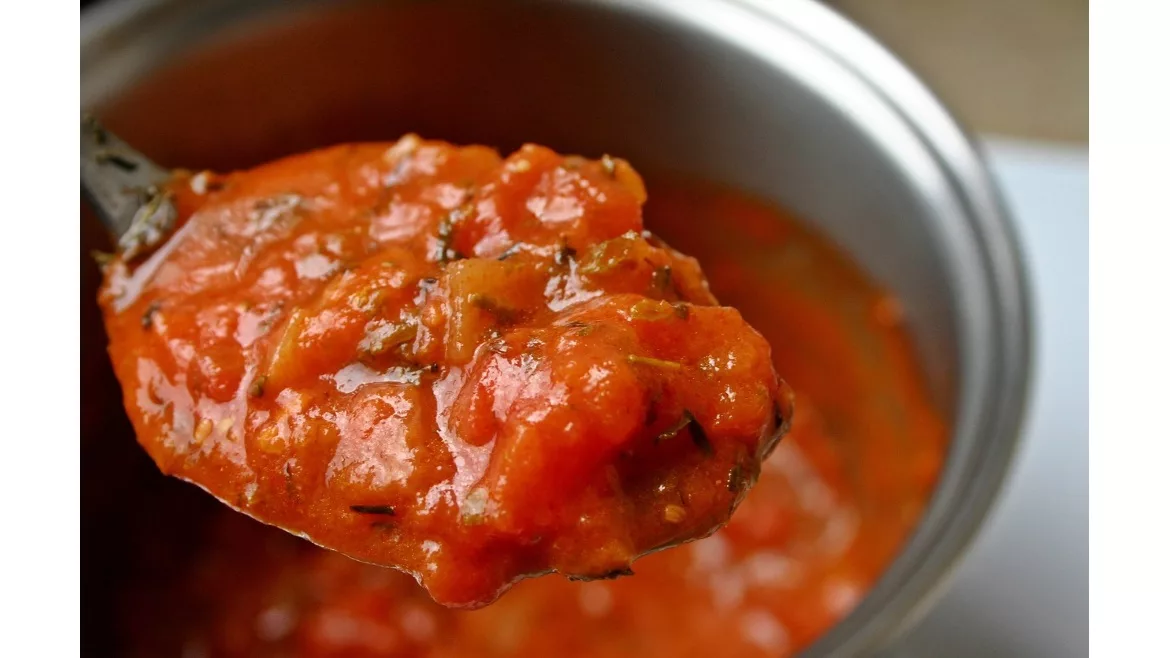Market Research
Cooking Sauce Market Demand is Projected to Reach $72 Billion by 2033

Fact.MR reports that the Global Cooking Sauce Market is anticipated to achieve a market value of $72 billion by the year 2033. This growth is expected to be driven by a compound annual growth rate (CAGR) of 4.2%. The market is witnessing substantial expansion, primarily due to the increasing popularity of home cooking and the growing appetite for novel culinary experiences.
This market offers a range of options, encompassing everything from traditional tomato sauces to exotic Asian flavors. The growth of the cooking sauce market is attributed to shifting lifestyles, a heightened demand for convenience, and a craving for diverse gastronomic delights.
Key Segments of Cooking Sauce Industry Research Report
- By Type: Dry, Wet
- By Application: Households, Restaurants & Hotels, Cafes, Street Food, Others
- By Product: Soy, Barbecue, Chili, Mustard, Tomato
- By Distribution Channel: Supermarkets, Hypermarkets, Convenience Stores, Online
- By Region: North America, Europe, Asia Pacific, Latin America, Middle East & Africa
Key Takeaways from the market study include:
- The global cooking sauce market stands at $47.35 billion in 2023.
- Demand for cooking sauce is projected to rise at a CAGR of 4.2% from 2023 to 2033.
- The market is forecasted to reach $72 billion by 2033.
- The market in Asia Pacific is projected to advance at a CAGR of 4.1% through 2033.
- More than 85% of sales are accounted for by wet cooking sauces.
- The online segment is expected to record a CAGR of 3.9% through the forecast period.
- The European region accounted for 35.3% share of the global market in 2022.
“The market is evolving to meet the needs of health-conscious consumers, with a focus on clean-label ingredients, lower sugar, and lower sodium options. Busy lifestyles and a desire for quick, delicious meals are driving demand for ready-made cooking sauces. The cooking sauce market responds to the changing pace of consumer life by making it easier for people to enjoy a wide range of flavorful dishes without sacrificing taste or quality,” says a Fact.MR analyst.
Exposure to diverse cultures and cuisines is expanding people's horizons in terms of food. Travel, international media and social media have all contributed to people broadening their palates and developing an interest in new flavors and dishes. This cultural exchange has increased consumer interest in global cuisines, with consumers attempting to replicate the flavors of their favorite international dishes at home.
The globalization of taste has encouraged experimentation and adventure in the kitchen. Consumers are becoming more willing to try new and unfamiliar flavors, resulting in a demand for a diverse range of cooking sauces that cater to their changing preferences. This trend not only drives market growth but also encourages manufacturers to introduce new and authentic flavors to meet the demand for global tastes.
The cooking sauce market is characterized by competition, featuring a wide array of industry giants and up-and-coming contenders vying for market dominance. Leading brands such as Unilever, The Kraft Heinz Company, Conagra Brands, Nestlé and McCormick & Company are players within the cooking sauce sector.
In addition, emerging startups and niche players are contributing to market innovation by crafting distinctive, high-quality cooking sauces that cater to specific dietary preferences and emphasize sustainability. This has paved the way for smaller, artisanal brands to carve out their own share of the market.
The competitive landscape is undergoing a transformation, driven in part by the rise of e-commerce platforms, meal kit services and food delivery companies as influential distribution channels. Companies are also strategically forming partnerships with restaurants and collaborating with food bloggers to enhance their visibility, credibility and seize opportunities in the cooking sauces sector.
Looking for a reprint of this article?
From high-res PDFs to custom plaques, order your copy today!







